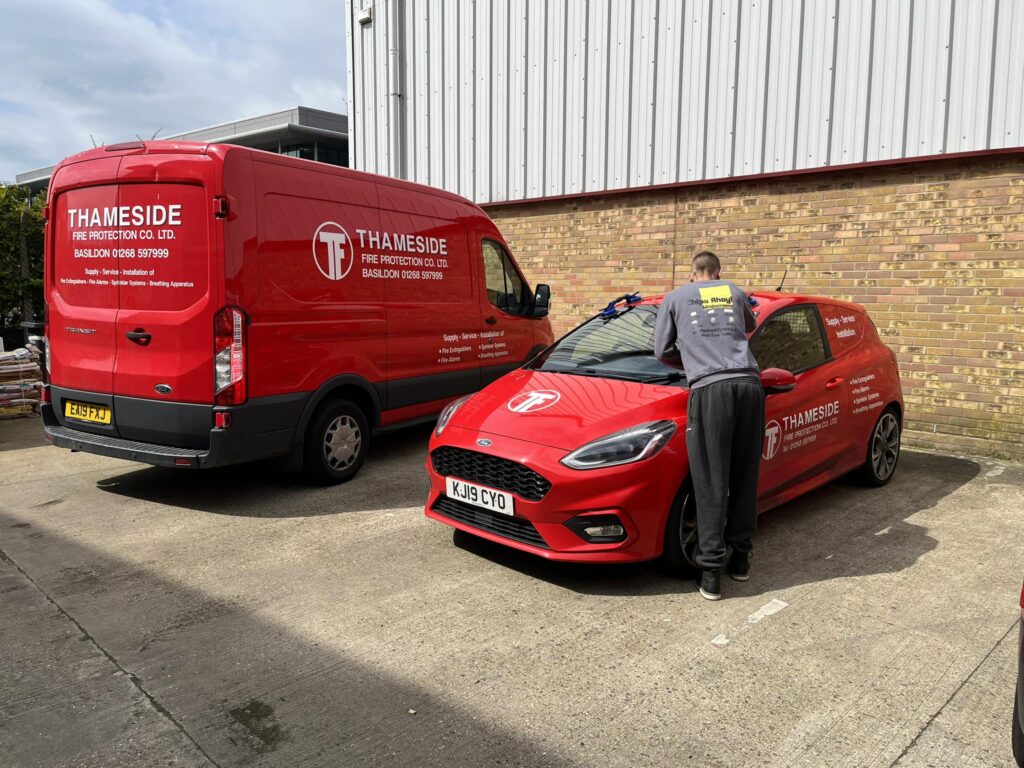For many drivers in the UK, ensuring the safety of their vehicle is a top priority. While aspects like brakes, lights, and tyres often dominate safety discussions, the integrity and condition of your windscreen shouldn’t be overlooked. Here, we delve into the importance of maintaining your windscreen to UK safety standards, and how to make certain yours is always road-ready.
The Role of the Windscreen in Vehicle Safety
Structural Integrity: Your windscreen contributes significantly to the overall structural strength of your vehicle. It supports the roof, aids in proper airbag deployment, and protects you from external elements.
Visibility: A clear and intact windscreen ensures drivers have an unobstructed view of the road, other motorists, pedestrians, and potential hazards.
Environmental Protection: Windscreens shield occupants from the brunt of British weather – from the torrential rain to occasional snowstorms.
UK Safety Standards for Windscreens
Zone A and B: According to UK regulations, the area of the windscreen directly in the driver’s line of sight (Zone A) must be clear of any significant damage. Zone B, which surrounds Zone A, also has stringent requirements, but slightly more lenient than Zone A.
Damage Size and Location: Generally, damage larger than 10mm in Zone A and larger than 40mm in the rest of the windscreen might render your vehicle unroadworthy.
Tints and Shades: UK law is clear about the levels of light your windscreen and front side windows can let through. The windscreen must let at least 75% of light through and the front side windows must let at least 70%.
Common Causes of Windscreen Damage
Stone Chips: The most frequent culprits, these can quickly turn into larger cracks if not addressed.
Temperature Changes: Sudden shifts, like using hot water on a frozen windscreen, can cause it to crack.
Poor-Quality Repairs: Using non-standard materials or untrained technicians can lead to further complications.
Accidents: Minor collisions or even strong jolts can cause windscreen damage.
Ensuring Your Windscreen is Road-Ready
Regular Inspections: Make it a habit to periodically inspect your windscreen for chips, cracks, or other damage.
Immediate Repairs: Address any damage immediately, no matter how minor it may seem. Small chips can expand into larger cracks, especially with temperature fluctuations.
Trusted Professionals: Always choose experienced and reputable professionals for repairs or replacements. They should use industry-standard materials and techniques.
Avoiding Direct Sunlight: Where possible, park in shaded areas or use a sunshade to reduce the risk of heat-induced damage.

The MOT Test and Your Windscreen
If your vehicle is over three years old, you’re likely familiar with the MOT test, a mandatory annual assessment of your vehicle’s safety, roadworthiness, and exhaust emissions. Windscreens are a critical part of the evaluation:
Crack and Chip Assessment: Any damage is assessed based on size and location.
Tint Examination: The level of tint or any other obstruction to the driver’s view will be examined.
It’s worth noting that many vehicles fail their MOT due to windscreen issues. Ensuring yours is in top shape not only keeps you safe but saves you the hassle and potential expense of a retest.
The Environmental Impact of Windscreen Production and Disposal
Production Concerns: The production of automotive glass requires high temperatures, leading to significant energy consumption. It also produces emissions that can contribute to greenhouse gases.
Recycling and Reuse: Discarded windscreens, if not recycled, can take up vast amounts of landfill space. Fortunately, the glass and PVB (polyvinyl butyral) layers in windscreens can be recycled, turning old windscreens into new ones or repurposing the materials for other products.
Choosing Eco-Friendly Options: Some companies now offer environmentally friendly windscreen options, manufactured with sustainability in mind. Opting for these can help reduce your carbon footprint.
Technological Advancements in Windscreen Design and Safety
Heads-Up Displays (HUD): Modern cars in the UK increasingly feature HUD technology, projecting important information onto the windscreen, reducing the need for drivers to look away from the road.
Self-Healing Glass: Some manufacturers are exploring self-healing technology, where minor chips and cracks can ‘heal’ through a combination of heat and innovative materials.
Sensors and Cameras: Advanced driver assistance systems (ADAS) often incorporate sensors and cameras into the windscreen. These help with features like lane-keeping, adaptive cruise control, and emergency braking. Ensuring these are correctly calibrated, especially after a windscreen replacement, is vital for safety.
Insurance, Warranties, and Windscreen Repairs
Comprehensive Cover: In the UK, many comprehensive car insurance policies include windscreen cover as standard. It’s worth checking your policy to understand the terms and potential excess charges.
Manufacturer Warranties: Some vehicle manufacturers provide warranties that cover windscreen repairs or replacements. However, make sure any repairs align with the manufacturer’s guidelines to avoid voiding the warranty.
Third-Party Windscreen Policies: These are specialist policies, separate from your standard car insurance, focusing solely on windscreen and glass repair. They might be a worthy investment if you’re prone to frequent windscreen damage.
Contact Us
Your windscreen is more than just a barrier between you and the outside world; it’s a critical component of your vehicle’s safety system. By understanding the UK safety standards and ensuring your windscreen is always in top condition, you’ll be taking a vital step towards safer driving on our Essex roads.
Safe travels, and always keep a clear view ahead!!
